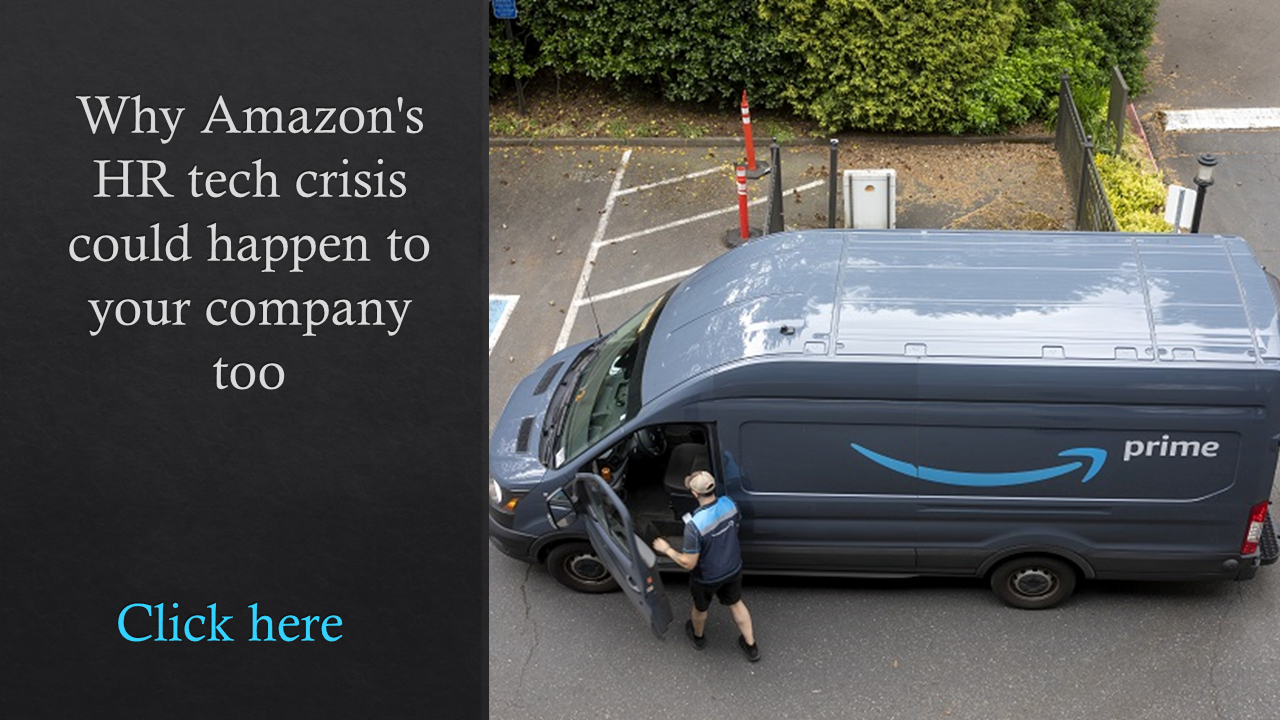Thanks to new innovations and consolidation in a hot marketplace, HR leaders have access to robust human capital management solutions that deliver up-to-date services to handle the current state of the pandemic and the eventual return to business as usual in the coming year, according to John Kostoulas, vice president and analyst in Gartner’s technology and service provider research group.

John Kostoulas of Gartner
That’s why HR leaders need to take a close look at HCM solutions and what they can offer businesses in the near-, medium- and long-term, or, as Kostoulos recommended in his recent presentation titled “2022 HCM Tech Imperatives for HR Leaders“ at the research firm’s ReimagineHR virtual conference, from today to 2030.
Kostoulas highlighted the 10 HCM technologies that deliver an immediate business impact, in no particular order.
- Voice of employee (or ensuring employees feel seen and heard)
- Continuous management performance
- Onboarding
- Talent analytics and workforce planning
- Continuous learning
- Diversity, equity & inclusion in HCM
- Next-gen workforce management
- Internal talent marketplace
- Recognition and rewards
- Flexible earned wage access
In the short-term, organizations that are choosing a new HCM or expanding the use of a current solution, Kostoulas says, should be focusing on what he calls the “business reset.” This means thinking about current HR demands, such as getting the most value from existing HCM systems, as well as responding to new business realities such as hybrid work, focusing on immediate outcomes and delivering a positive employee experience.
Related: Think there’s no bias in your hiring system? AI says think again
“Many businesses rely on current systems that are in use. Vendors can help with adopting new plans, reconfigurations and optimization,” says Kostoulas. He adds that HCMs have added new features to help HR comply with employee health and safety, such as COVID-19 testing and tracing of vaccination status.
“HR should focus on how quickly these HCM features can be rolled out. As hybrid and remote work becomes more prevalent, you have to be able to monitor activity without crossing [what we call] ‘the creepy line,’” he says.
In the medium-term, HCMs can help businesses reach pre-pandemic growth levels—“and, even better, exceed them,” says Kostoulas.
“Most organizations I speak to need inspiration and guidance on how to drive recovery. It’s uncharted territory,” he says, adding that HR’s demand for technology will focus on sustaining and scaling processes such as internal recruiting, onboarding, hybrid learning and virtual teamwork.
 “But for businesses that have not picked up yet, HCM solutions require modest investment. They need to comply with ever-changing regulations and return to work policies,” Kostoulas says.
“But for businesses that have not picked up yet, HCM solutions require modest investment. They need to comply with ever-changing regulations and return to work policies,” Kostoulas says.
In the coming five years and beyond, meaning the long-term, HR is looking to artificial intelligence to improve business operations effectiveness—in such areas as hiring, learning, service delivery and workers’ comp—while reducing the cost of HR operations. But AI ethics and transparency are important even now, warns Kostoulas. HR leaders should ask technology vendors to share their AI ethics statements, specifically how their systems arrive at their recommendations.
“And the world is getting more ‘glocal,’ which presents challenges with regional regulatory compliance changes,” he says. “HR needs vendors and globally-focused systems that have support for local processes. Not even the largest HCM vendors can deliver all of this so an HCM vendor ecosystem [with multiple HR technology solution providers] can deliver on this.”
Buying power and two recommendations
 Fortunately for organizations, he says, it’s a buyer’s market for HCM solutions, and consolidation among technology providers means that HR leaders have greater leverage in purchasing these pricey systems.
Fortunately for organizations, he says, it’s a buyer’s market for HCM solutions, and consolidation among technology providers means that HR leaders have greater leverage in purchasing these pricey systems.
“There is still ample room for negotiation even among the largest vendors,” says Kostoulas.
Related: How this HR leader rolled out a new HCM tool in the middle of a pandemic and a merger
Once an organization decides to implement a new HCM system or other HR solutions to work alongside a currently deployed HCM system, HR leaders must also consider the ways in which it will function and what challenges it will address in the immediate to long-term future.
When considering HCM’s role in the workplace in the near-term, Kostoulas recommends that HCM technology initiatives and investments center on helping organizations better cope with the present, particularly those that accelerate return-to-the-workplace and establish safe working environments. “HR leaders should require vendors to show how technologies can help boost productivity and effectiveness in remote and hybrid work environments,” he says.
In the medium-term, HR leaders should investigate more strategic investments based on their organization’s progress through the recovery cycle. This means seeking quantifiable efficiencies and links to business outcomes by using new technology components and platforms. These solutions should also boost the capability of the entire HR staff to better support business recovery efforts, he says.
When planning for the long-term, HR and information technology leaders should “be bolder” and have the resources to be more ambitious and transformational in their HCM technology strategy. This means analyzing how technologies can function together to create optimal business results. “HR leaders should work with vendors on scenarios that are achievable and real,” he says.
Thanks to the pandemic, the lockdown and the reality of hybrid work, “the world of work has profoundly changed and can change again,” says Kostoulas. “We must expect technology to co-exist with this reality [and address] new areas of innovation such as employee diversity and earned wage access. HCM must work hard to maximize this co-existence.”